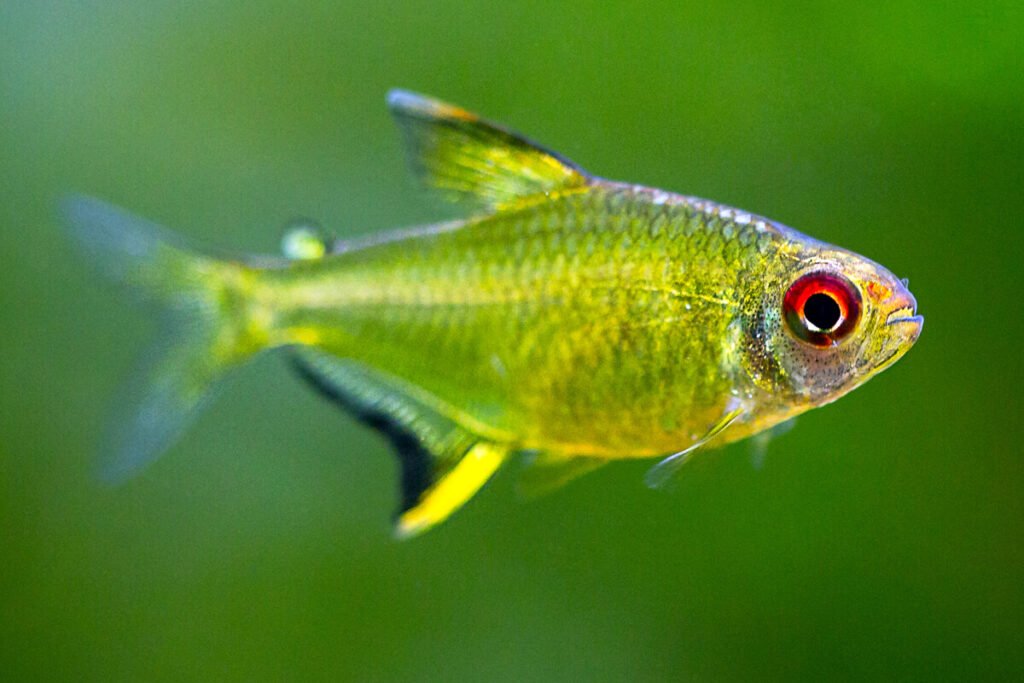Freshwater snails offer efficient algae control in aquariums, showcasing a unique array of features and versatility, making them an attractive and low-maintenance addition to your tank. Now, let’s delve into ‘How many snails in a 10 gallon tank…
How many snails in a 10 gallon tank?
20-gallon tanks can hold up to 8 mysterious snails, while 10-gallon tanks only hold four. I generally recommend having extra space in your tank because snails multiply quickly.
This article will cover some tricks to prevent disease and control the snail population and ways to prevent overpopulation in the aquarium.

How many Nerite snails in a 10 gallon tank?
Nerite snails are tiny snails that like to feed on algae and therefore help keep the inner surfaces of the tank clean.
This species is endemic along the coast of East Africa. Even though they are so small, you shouldn’t add too many to a tank; an overpopulation would exponentially increase the biological load of the aquarium.
They produce waste like any other aquatic creature. Just two Nerites for a 10-gallon tank is enough.
Nerite Snails Facts & Overview
Nerite snails originate from the Neritidae family, which has about 200 species. This variety of snails is common in brackish coastal waters, but some are found in lakes and rivers.
Many snails have adapted to live in freshwater, so they are ideal tank companions for your tropical freshwater aquarium.
Nerites are one of the best algae eaters out there. They can only survive for 1-2 years and can grow to an inch. Snails aren’t very active, but they are peaceful creatures that shouldn’t bother the rest of the fish.
They can become easy prey, so they are not suitable for an environment full of large predatory fish.
Diet
Snails feed on algae that form on the surfaces of your tank. If your tank is low on algae, you may need to add other feed for the animals. In this case, wafer food is a good substitute because it can remain at the bottom of the tank until the snail finds it.
Spinach and lettuce are great alternative foods and inexpensive to commercial products. Home recipes even work, but you have to be careful with the amount of food offered, not polluting the tank’s water. Overfeeding and underfeeding have different effects on the health of aquatic snails.
Appearance
A snail’s anatomy includes a hard spiral shell backed by a muscular “foot” that moves side to side to push the snail forward.
Different species have different colors and markings, but they both have similar basic shapes and structures. Zebra nerite snails have stripes around their shell that point into the center of the coil.
Horned snails have thick black and yellow stripes, and along one line is some dark “horns.” Tiger nerites are bright orange but darker. Olive nerites do not have a pattern on their shells and are typically kept in aquariums.
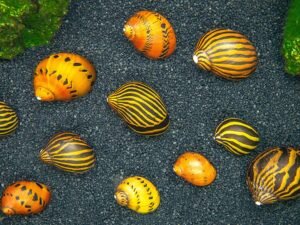
Tank Mates
Snails are tiny and peaceful and can be left in friendly communities. They are perfect for keeping with tetras and barbs.
You can keep them with shrimp (like ghost shrimp) and sometimes with other snail species. Keeping them in a mix of fish and shrimp is especially rewarding because you see so many different behaviors, and each part of the tank has a point of interest.
Freshwater habitat
Some snails that inhabit brackish water adapt to the freshwater environment. Make sure you have plenty of caves for hiding places; rocks and logs can be used.
At night, nerites are known to rise above the surface of the water. It is advisable to invest in a well-fitting tank cover if you don’t already have one.
Snails prefer a high pH and a temperature of around 77 degrees. How many snails are allowed in an aquarium depends on how many fish they contain and how big the aquarium is. You might consider an example of about one snail per 5 gallons.
Keep Nerite snails together.
1 or 2 snails in 10-gallon tanks will prevent overstocking. This value is not a constant, but if you use too many in a small area, the algae will likely stop growing, and you may have problems filtering.
Snail Nerite Habitat and Tank Conditions preferred
As they are endemic to the African coasts, they like tropical waters with a temperature around 72-78°F. The proper pH is 8.1 -8.4, and the salinity will not exceed 1.028sg if you create a saline environment.
These animals live in forests and estuaries surrounded by rocks and other surfaces where they feed on algae in their natural habitat. In saltwater, they’ll appreciate a hiding place and a fine-grained sandy bottom that won’t get damaged.
Calcium-based supplements will help provide much-needed calcium that snails must have daily.
Nerite Snails Lifespan
The Nerite snail lives an average of one year. Occasionally, snails can live for two years if they are well cared for and fed.
If, when changing the aquarium, the water parameters in one aquarium are entirely different, it can cause death within a week of adding them. A dead decomposing snail can dangerously elevate the ammonia levels in the water tank to the entire aquarium environment.
Are Nerite nails suitable for an aquarium?
Any aquarist can keep nerite snails. It keeps algae levels low while producing a different aesthetic than the surrounding fish. Despite that, it’s impossible to find a good excuse not to add some of your tanks.
Difference Between Male and Female Nerite Snails
These animals have cupped feet that protect their muscles and push their heads forward. If they are happy and in good shape, both the male and female populations will grow fast, reaching a size of one inch. Depending on the species, the colors and patterns of their shells vary.
Nerite Snail Reproduction
No Nerite snail is asexual; if you have male and female nerite snails in your aquarium, they will breed and lay eggs in all habitats, although babies don’t develop.
The larvae will start to build their shells and eventually stop swimming and start crawling like snails. They’re relatively small, so you’ll want a sponge filter.
Breeding
Nerite snails reproduce and lay eggs, but they hardly hatch, as juveniles need brackish water to complete their cycle.
Some snails reproduce asexually, which Nitrite does not; the female produces eggs that need to be fertilized by the male, just like the fish. Eggs are then spread throughout the pond.
At birth, small snails are tiny. An ideal breeding tank can contain as many snails as possible, with an equal proportion of males and females.
Do Mystery Snails Multiply?
Mysterious snails multiply rapidly. When the female is ready, she goes to the outside of the aquarium, close to the water slide, and lays her egg mass; in a few days, the eggs are developed and hatch between 20 and 40 baby snails.
You must have both sexes inside your tank to create new mystery snails. If female snails lay eggs without the male, this egg will not be fertilized.
Can you have too many mystery snails in a fish tank?
The increased number of snails increases the biological load, encouraging regular spikes of toxic materials like ammonia.
Therefore, the aquarium must always be well sized for the future number of inhabitants, having good filtration and more space for hatching snails. Maintaining the algae population will be a problem with many snails, so the mollusc must be fed.
Take care
Snails can deal with a variety of health problems, such as the deterioration of their shells. Some conditions can be tough to manage without proper care, while others are easier to manage.
Lack of calcium can cause the bark to weaken and crack. Older snails are more likely to develop the bloating disease – a disease that causes the body to swell and swell with fluid in a way that makes movement difficult.
Watch out for white spots on a shell, as it is usually a parasite that has spread. Copper is toxic to all invertebrates; keep your tank free of it.
How many mystery snails in a 10 gallon tank?
Aquarists must maintain one snail per gallon. You can use this rule to get accurate numbers of mysterious snails in your aquarium.
Remember that you don’t have to follow the “2 snails per gallon” rule because it does not consider several factors, such as plants, filters, decorations, and the space they occupy in the aquarium.
Even though the rule says that 14 gallons of water can contain 28 snails, it is better to calibrate this average to less.
Typical freshwater snail appearance and behavior
Snails have huge, muscular feet and can walk back and forth on their outer shells. The species can be hermaphrodite or not, reproducing sexually or asexually.
Some ornamental species do not reproduce in freshwater, which can inhibit overpopulation in freshwater aquariums. Snails become more active at night and can be immobile during the day. Dead snails are usually suspended inside the shell; they will generate a robust unpleasant odor when moved.
Feeding
Snails that live in a community aquarium without plants and algae must be fed. In aquariums, they eat algae and fish food scraps.
Remember that fish food is unlikely to contain copper sulfate, as this poison can be a deadly concern for snails. When snails feed in the aquarium, they can be supplemented with algae disks or, to a lesser extent, with sliced vegetables such as cucumbers, carrots, kale, or zucchini.
However, all uneaten vegetables need to be removed. In addition, overfeeding increases snail populations; don’t overfeed them.
Pay Attention to Imposters
Nerite snails are unique and slightly fancier antennae, while Mystery snails do not change gender over time. Zebras, tigers, olive, and horns are four essential categories of nerite snails.
They have very distinct visual characteristics, including different shells and antennae. Mystery snails are the most commonly found snail species globally, but Nerites are more distinct from other species and are more likely to be confused with other species.
How do you control the population of snails?
If you have at least a couple of Mystery snails in your home, yours will spawn; for other species, only one female will bring the same result of overpopulation.
You will need to take steps to keep snail populations under control, including disinfecting plants and objects after purchase, taking care of overfeeding, and constantly removing eggs and chicks.
Stick to one gender
Some snails cannot breed unless you have male and female snails inside your tank. So if you could limit the number of snails to a single genus, you can keep them without fear of a population explosion.
However, these techniques can only work effectively if you know enough of the difference between males and females. It’s a good idea to ask the shopkeeper before buying a snail; they will prevent you from filling their tanks with both sexes.
Remove the snails manually.
It is better to kill a snail by crushing it with a heavy object. The remains can be used as food for the animals in the aquarium. You can get rid of them by donating or selling them to people who want them.
Some stores buy snails from people if they like their prices. However, some aquarists choose to kill snails; this allows the fish to eat the remains of the snails in the tank.
Take advantage of predators.
Some predators will have difficulty eating the snails if you have plants that decorate the pond; several snails can use these plants to hide. You should, at the very least, believe that fish eat the young of adult snails. Try to use the Killer snails to inhibit other species.
Common health issues
As long as ambient conditions and feed supply are adequate, invertebrates essentially have a resistant immune system against disease.
Notes and sources
All forms of aquatic life are potential carriers of pathogens that affect people. Always wash your hands when touching your aquatic life and habitat in general. Pregnant women, children under five months, and people with immune dysfunction should consult a doctor before acquiring aquaria and snails.
Final Thoughts – How many snails in a 10 gallon tank?
The rule of thumb is to use common sense when populating your tanks with snails because overpopulation can get out of your control.
For How many snails in a 10 gallon tank, try to keep a maximum of 2 female Mystery snails or a small group of Nerites. Use the average of one snail for every gallon of water.
Stick to a single-sex and keep the water temperature relatively high. Once you start to maintain them and have experience, you can try other solutions or take a more practical approach, adding snail-eating predators to your tank. Stick with a female snail and avoid having too many snails in your tank.
To control overpopulation, we have some tools like manually removing, introducing a predator, or holding the feeding rate and temperature of the animals.

![How many snails in a 10 gallon tank? [Top Answer & Basic Care] How many snails in a 10 gallon tank? [Top Answer & Basic Care]](https://aquariumhunter.com/wp-content/uploads/2021/12/Depositphotos_89795852_ds-scaled-1.jpg)
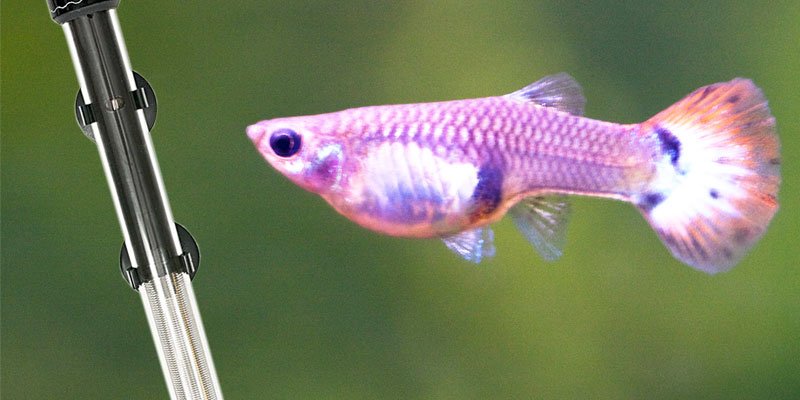
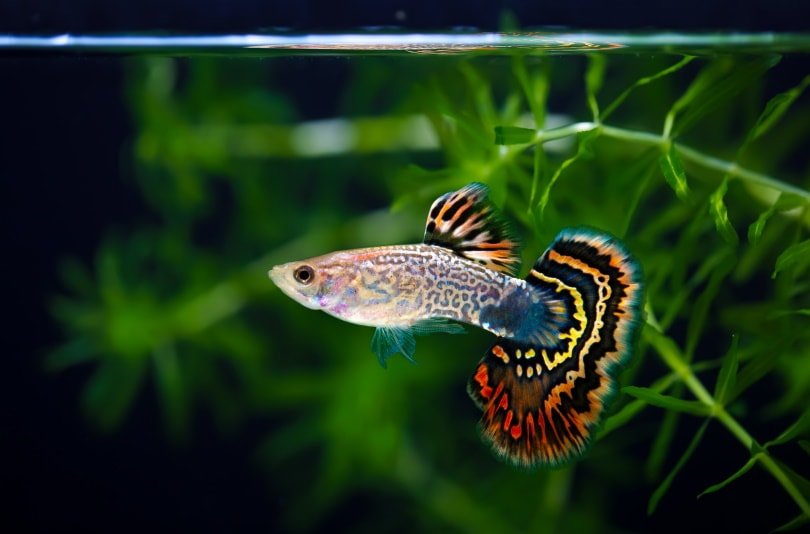
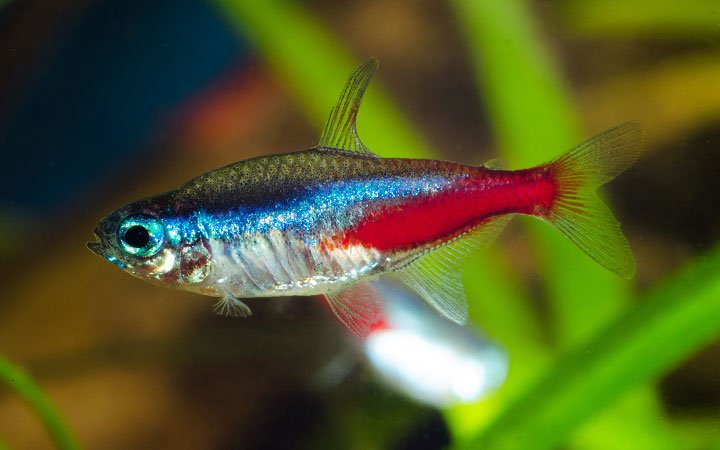



![[Complete Guide] Kuhli Loach Care: Habitat, Diet, Mates, Breeding Kuhli Loach](https://aquariumhunter.com/wp-content/uploads/2021/11/The-Ultimate-Kuhli-Loach-Care-Guid-Tank-Mates-Breeding-and-More...-Banner.jpg)










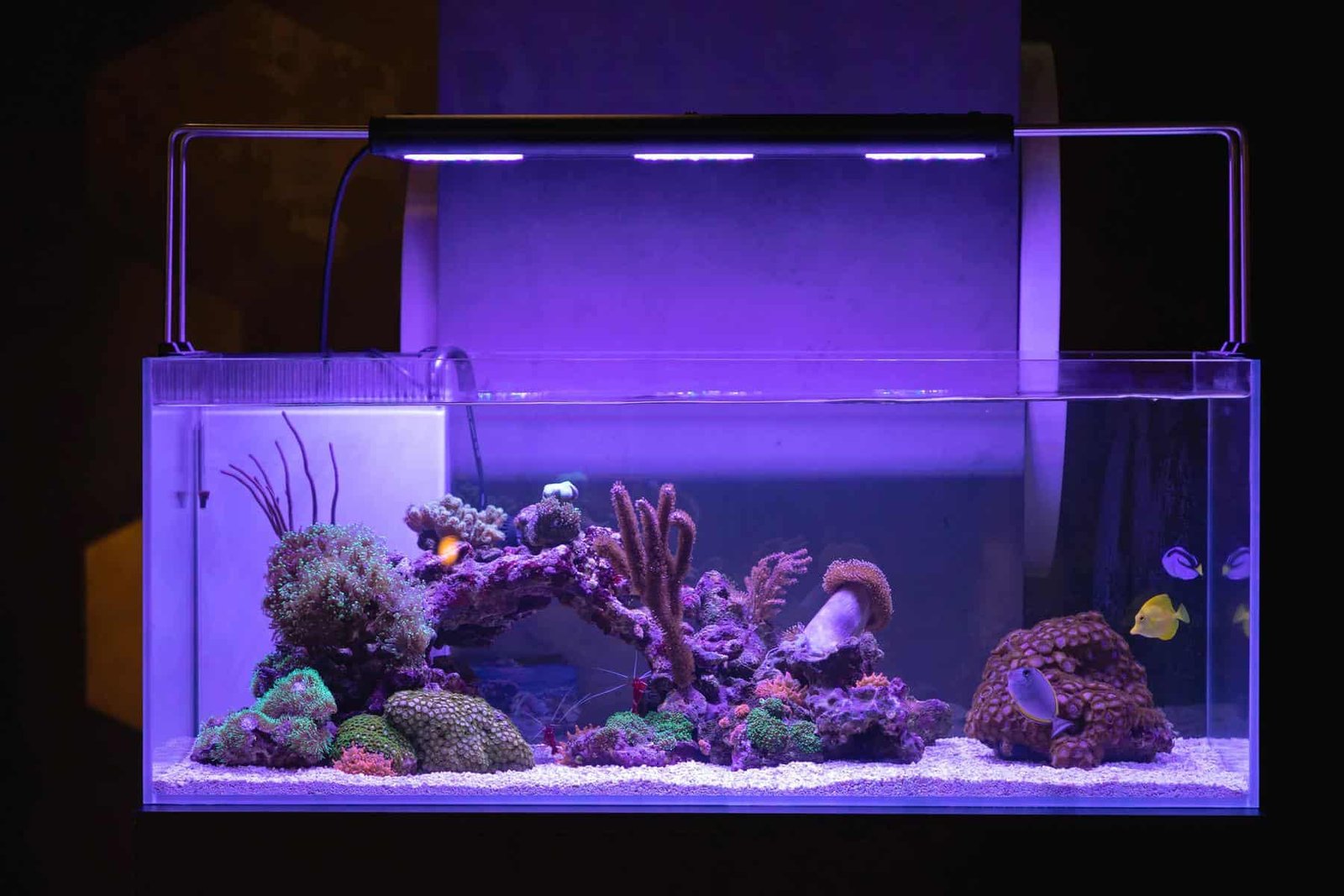




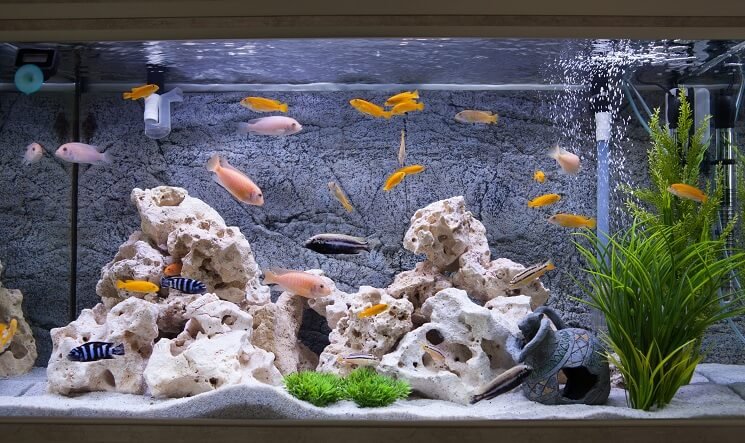


![[Detailed Guide] Tiger Shovel Nose Catfish Tiger Shovel Nose Catfish](https://aquariumhunter.com/wp-content/uploads/2021/11/46eb36b37540a36b712a3a6c9456afa3.jpg)


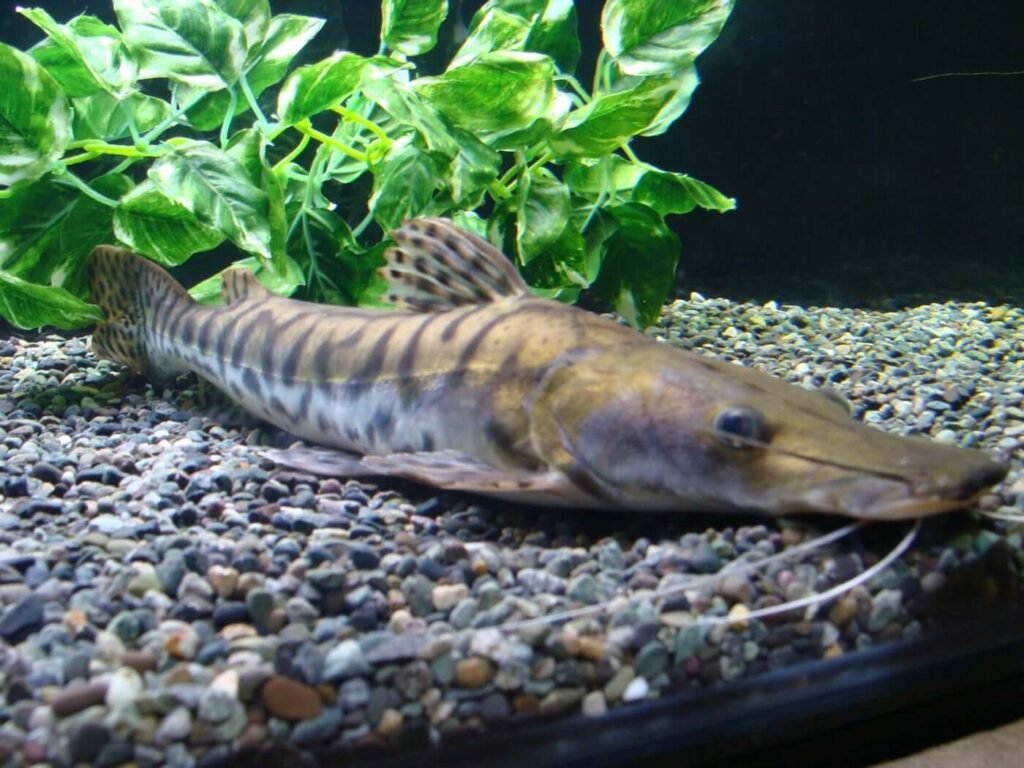
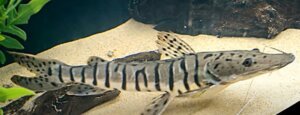


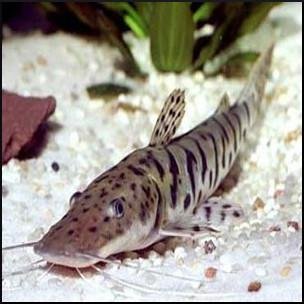
![[Complete Guide] Lemon Tetra: Care, Diet, Tank Mates, Lifespan And More Lemon Tetra](https://aquariumhunter.com/wp-content/uploads/2021/11/lemon-tetra3.jpg)

